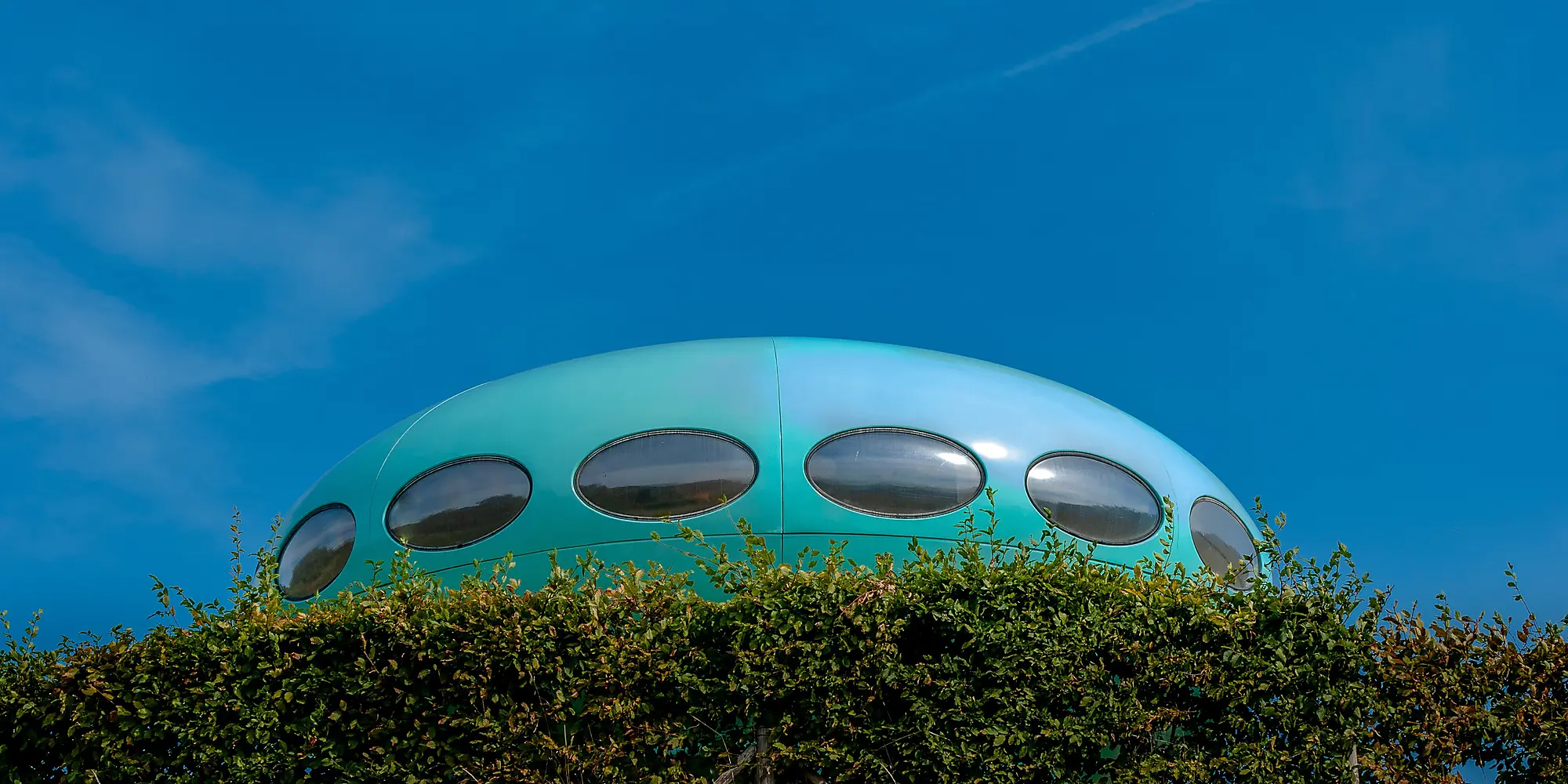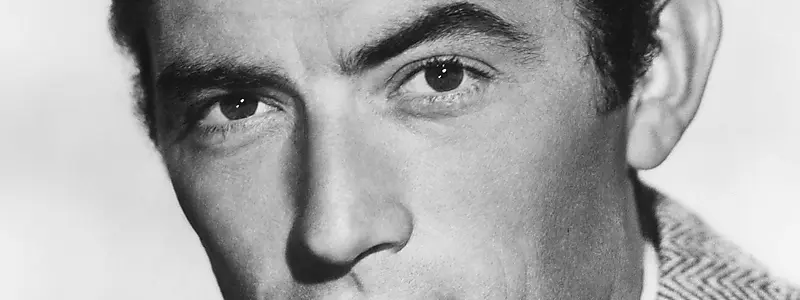Keeping one foot in today and the other just over tomorrow’s horizon
1. Why “near‑future” is its own beast
Near‑future fiction (roughly 5‑30 years ahead) walks a creative tightrope. Push changes too far and the setting feels like fantasy; keep today’s status quo unchanged and readers ask, “Why not just set it now?” The reward for getting it right is resonance: the world feels uncannily plausible—close enough to touch, yet charged with possibility.
2. Start with anchoring constants
Before you brainstorm gadgets and geopolitical shake‑ups, decide what won’t change.
| Anchor Type | Examples | Why It Matters |
|---|---|---|
| Physical geography | The Hudson River still flows; the Alps still tower | Grounds the reader in recognizable space |
| Human needs & emotions | Love, grief, rivalry, curiosity | Gives your characters relatable motives amid novelty |
| Cultural touchstones | A classic Beatles track, a national holiday, a beloved sports rivalry | Creates continuity across generations |
Tip: Make a list of five immovable anchors for each major setting (city, region, institution). They become the “control group” that highlights every change you introduce.
3. Identify vectors of change
Change rarely happens everywhere at once. It radiates along specific vectors:
- Technology – AI copilots, quantum‑secure messaging, lab‑grown meat
- Environment – micro‑climate bubbles, coastal retreat zones, carbon credit economies
- Politics & governance – city‑states, algorithmic policy trials, new supranational agencies
- Culture & lifestyle – gamified education, 4‑day workweeks, mixed‑reality concerts
- Economy & labor – universal basic allowances, reputation‑based hiring, drone logistics
- Health & biology – CRISPR‑guided antivirals, longevity clinics, neural prosthetics
Pick two or three dominant vectors; the rest evolve more slowly. This creates texture—readers feel the unevenness of progress.
4. Forecast like a futurist (without being one)
- Trend stacking Combine existing trajectories. Example: rising remote work + advances in satellite internet ⇒ booming rural cowork hubs.
- Second‑order effects Ask, “If X becomes normal, what surprising ripple follows?” Self‑driving freight may empty roadside motels, collapsing small‑town economies.
- Contradictory currents Progress isn’t monolithic. Pair leaps forward with stubborn relics: blockchain land registries alongside fax‑loving bureaucrats.
- Plausible timelines Map milestones backward: if orbital debris cleanup is routine by 2040, when did prototypes fly? Who funded the pilot? A timeline prevents deus‑ex‑tech moments.
5. Show, don’t lore‑dump: techniques for revealing the new
| Technique | How It Works | Illustration |
|---|---|---|
| Incidental detail | Slip innovations into background action | “Nora’s delivery drone stalled, so she jogged the last block with the package.” |
| Character competence | Let protagonists use tech fluently; explanations surface only when things go wrong | A paramedic bypasses a malfunctioning AR overlay to palpate a wound “the old‑school way.” |
| Contrast with elders | Older generation reacts to change, voicing reader questions | Grandpa refuses the gene‑edit upgrade his grandkids consider routine. |
| Economic friction | Price tags, scarcity, black‑markets signal novelty | Premium ocean‑view insurance skyrockets after sea‑level projections update. |
Avoid encyclopedia paragraphs. Instead, embed one piece of “what’s new” per scene, and tie it to conflict or character choice.
6. Calibrating realism: the 80/20 rule
Aim for 80 % today / 20 % new in most scenes. That ratio:
- feels familiar enough that readers can supply implicit context
- leaves room for standout changes to glitter without saturating the narrative
You can flex the ratio—perhaps a 60/40 split in a research lab, 95/5 in a corner deli—but the global average should hover around 80/20 for coherence.
7. Integrate social & ethical consequences
Every innovation seeds dilemmas:
- Autonomous elder‑care robots → fears of emotional neglect
- Deep‑faked testimony filters → courts wrestle with evidentiary standards
- Personal CO₂ budgets → class tensions between frequent fliers and local laborers
Bake at least one disruptive tension into each vector of change. Stories thrive on the friction between potential and peril.
8. Sensory updating: re‑imagine the five senses
Near‑future changes aren’t just visual.
- Sound: Quiet electric traffic, ubiquitous voice assistants, sub‑audible wellness drones
- Smell: Synthetic meat markets, algae farms by the river
- Touch: Holographic haptics, graphene fabrics, reclaimed wood in 3‑D‑printed houses
- Taste: Climate‑resilient grains, cultured coffee, probiotic personalized drinks
Drop these sensory cues early; they anchor readers in an embodied future.
9. Plan for obsolescence—yours, not theirs
Technology ages quickly. Strategies to keep your novel relevant:
- Focus on functions, not brand names “Gesture‑controlled smart‑glass” ages better than “the latest iPhone XY‑Ultra.”
- Invent proprietary terms Give your megacorp its own product lines (“Helios LumenTiles”) to avoid real‑world mismatch.
- Limit exact dates “In the mid‑2030s” buys wiggle room if publication lags.
- Lean on human stakes Family, power, identity, love—these never become obsolete.
10. Toolkit: quick exercises for near‑future depth
| Exercise | Time | Outcome |
|---|---|---|
| Headline collage | 15 min | Clip five recent news items; extrapolate each 10 years. |
| Anchor‑Shift diary | 30 min | Write one day in a protagonist’s life marking what’s identical to 2025 vs. what’s different. |
| Future artifacts | 20 min | Design an ad, memo, or user manual from your setting; reveals tone & jargon. |
| Map the blind spot | 15 min | List what your world lacks that we take for granted (e.g., physical cash). |
Use these as warm‑ups before drafting scenes to keep world‑logic consistent.
11. Case snapshots (micro‑studies)
- “Station Eleven” (Emily St. John Mandel) — Leverages recognizable Great Lakes geography while a post‑pandemic symphony underscores societal collapse.
- “Extrapolations” (Apple TV+) — Episodic vignettes jump years ahead, but each centers a relatable focal technology to ground viewers.
- “The Peripheral” (William Gibson) — Combines decaying present‑day Appalachia with a jump‑scare glimpse of a further future, illustrating layered timelines.
Study how each narrative toggles between the comfort of the known and the thrill—or dread—of the new.
12. Final checklist before you hit “publish”
- Are your anchors clear and consistent?
- Do changes radiate logically from chosen vectors?
- Have you shown second‑order effects and unintended consequences?
- Does each scene reveal one fresh detail organically?
- Is the tech in service of character and theme, not the other way around?
If you can tick off all five, your near‑future world is ready to invite readers in—at once familiar and disquietingly fresh.
Closing thought
Tomorrow often arrives in mundane packaging: a bus stop upgraded with real‑time air‑quality LEDs, a phrase like “ghost work gap year,” a teen complaining about their avatar’s patch notes. Near‑future world‑building is the art of noticing these subtle shifts and amplifying them until they sing in harmony (or disharmony) with the enduring notes of today.
Write boldly, but with a journalist’s eye and a poet’s restraint. Your readers already live on the border of the future; your job is to guide them a few steps farther and show them a view they’ll never forget.









